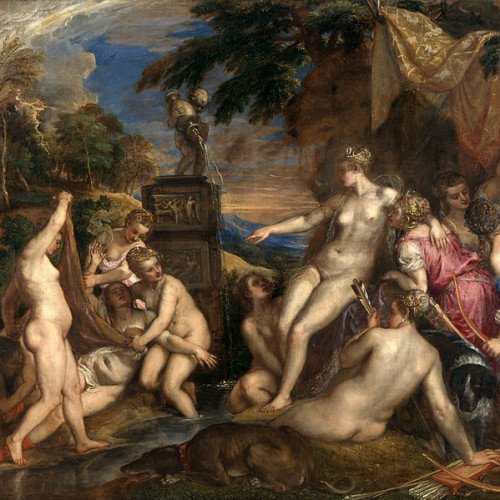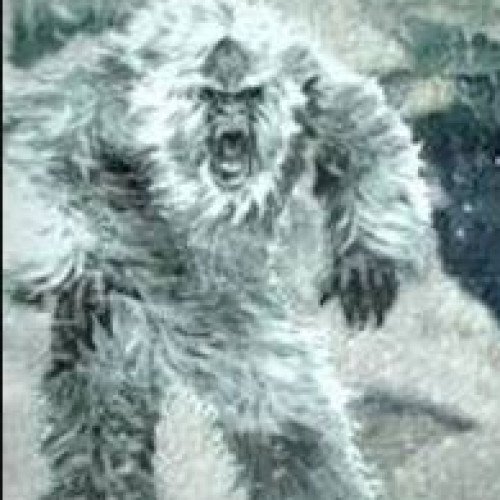Callisto (mythology) VS Yeti

Callisto (mythology)
In Greek mythology, Callisto or Kallisto (; Ancient Greek: Καλλιστώ [kallistɔ̌ː]) was a nymph, or the daughter of King Lycaon; the myth varies in such details. She was one of the followers of Artemis, or Diana for the Romans, who attracted Zeus (Jupiter). According to some writers, Zeus transformed himself into the figure of Artemis to lure Callisto and seduce her. She became pregnant and when this was eventually discovered, she was expelled from Artemis's group, after which a furious Hera (Juno), the wife of Zeus (Jupiter), transformed her into a bear. Later, just as she was about to be killed by her son when he was hunting, she was set among the stars as Ursa Major ("the Great Bear"). She was the bear-mother of the Arcadians, through her son Arcas by Zeus. The fourth Galilean moon of Jupiter and a main belt asteroid are named after Callisto.
Statistics for this Xoptio

Yeti
In Himalayan folklore, the Yeti (/ˈjɛti/) is a monstrous creature. The entity would later come to be referred to as the Abominable Snowman in western popular culture. The names Yeti and Meh-Teh are commonly used by the people indigenous to the region, and are part of their folk beliefs. Stories of the Yeti first emerged as a facet of Western popular culture in the 19th century. The scientific community has generally regarded the Yeti as the result of a complex of intricate folk beliefs rather than a large, ape-like creature.